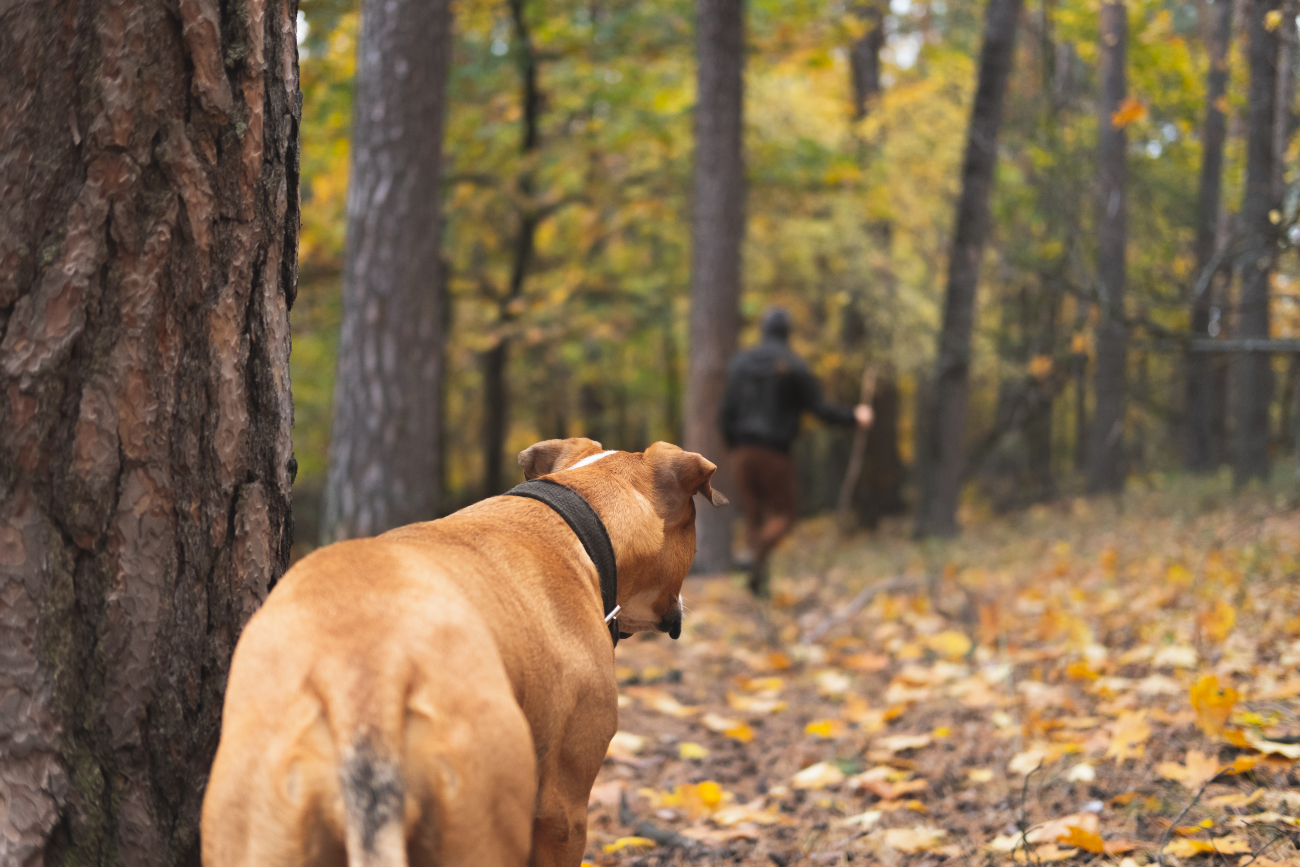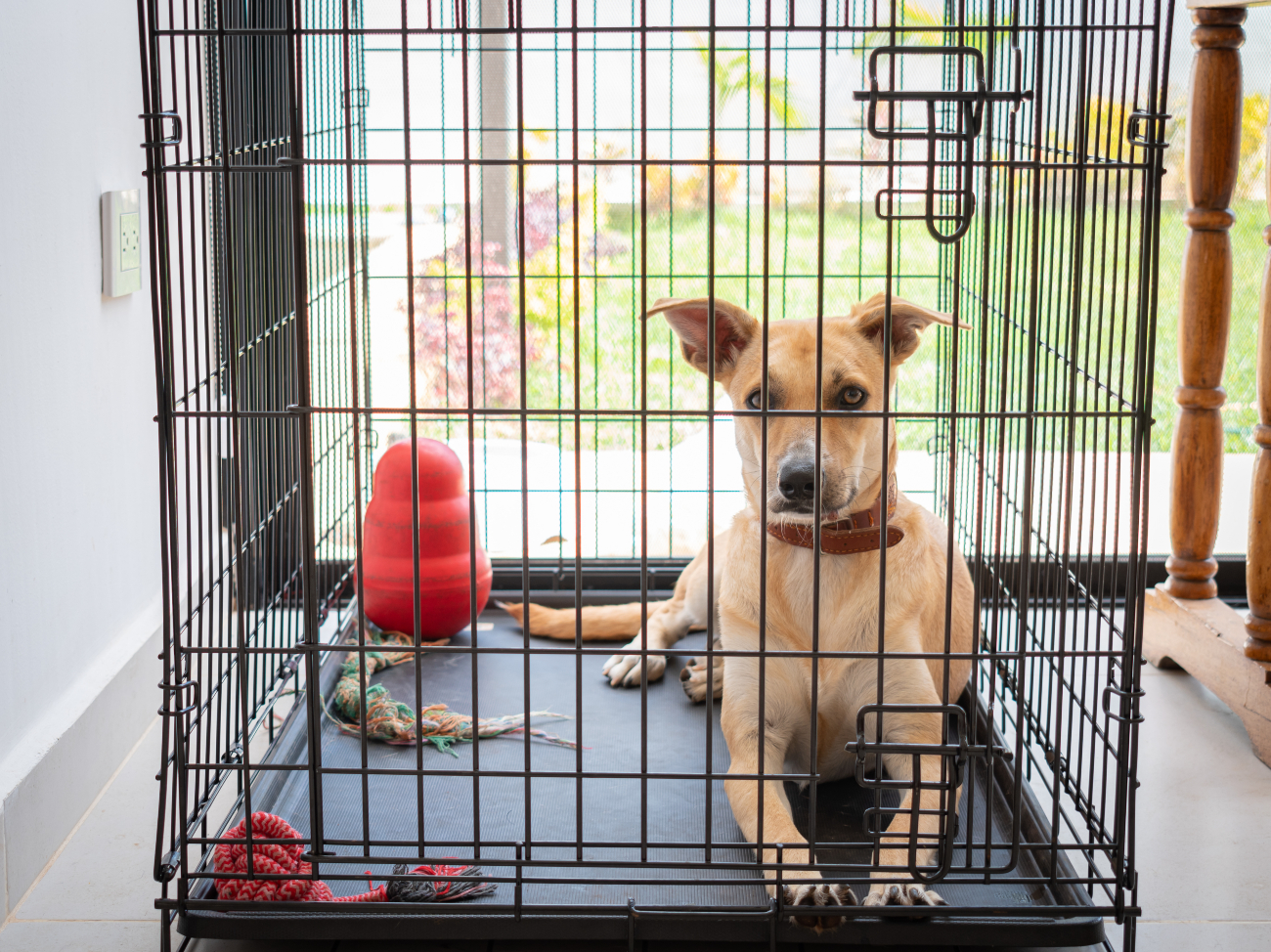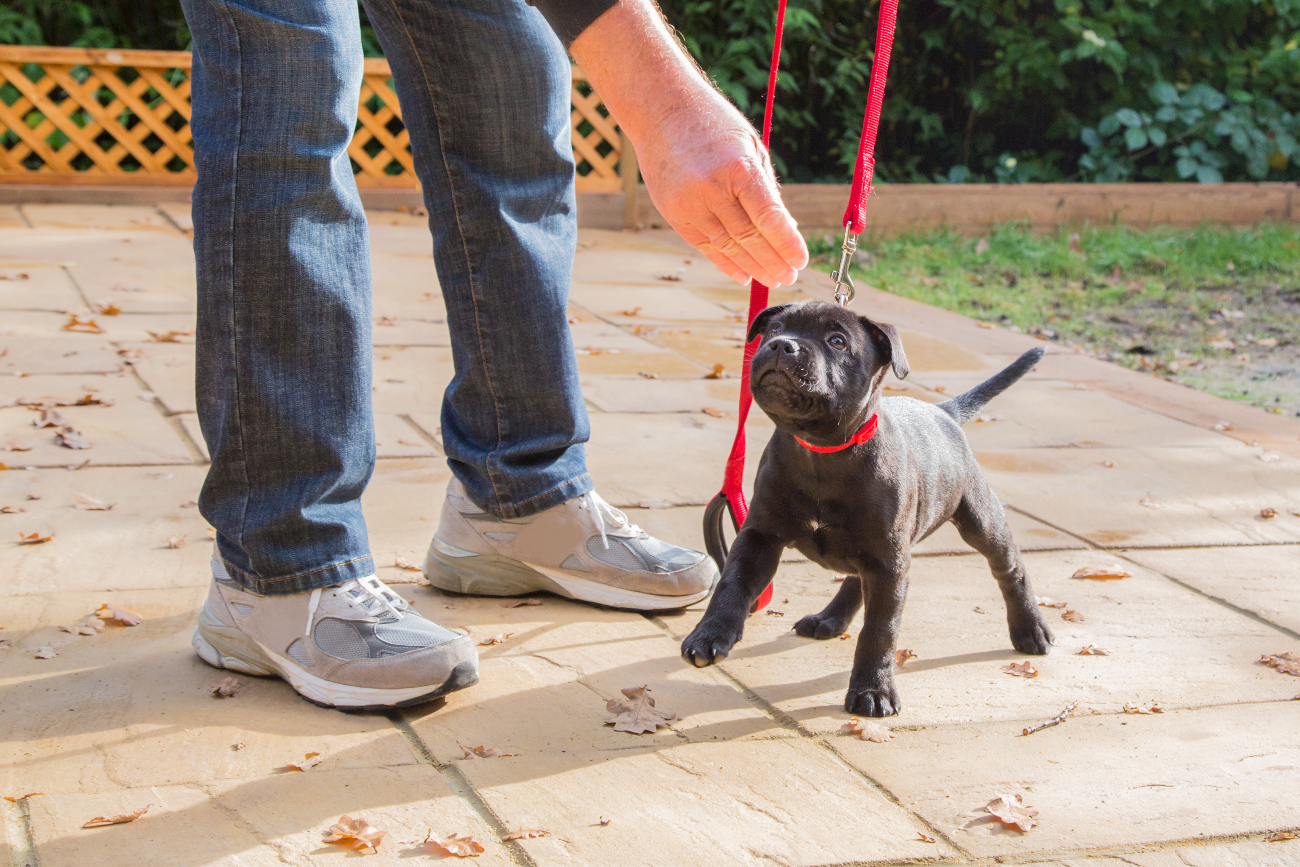Dog behaviour 101
22nd April, 2024

Dogs are more than just pets; they're our companions, our friends, and often integral parts of our families.
Just like humans, dogs experience a wide range of emotions, which can influence their behaviour and interactions with us and the world around them.
As responsible pet owners, it's crucial to learn how to recognise and understand these emotions to ensure the well-being of our canine companions.
Dog's emotions
So far, research has found that dogs experience a range of basic, or fundamental emotions including.
- Joy
- Sadness
- Surprise
- Fear
- Anger
- Disgust
Whether dogs are capable of feeling more complex, or secondary emotions is still up for debate.
Dogs have the same neurotransmitters that regulates emotions as humans, but while they may feel some of the same basic emotions, they probably perceive them differently.
That’s because their cerebral cortex, where emotions are processed, is much smaller than that of humans.
Dogs also live in the moment, and this can affect their emotions and outlook on life.
How we can affect our dog's behaviour
You may joke that your pooch knows you better than anyone else in the world, but science might back that punchline up.
Human owners can share a special, intense bond with their dogs. As owners, our actions and attitudes significantly impact our dog's behaviour.
Positive reinforcement, consistency, and clear communication are key to fostering a healthy relationship with your dog.
Conversely, punishment, inconsistency, and lack of understanding can lead to confusion and behavioural problems.
Reading your dog's body language
Understanding your dog's body language is crucial for interpreting their underlying emotions so you can help them feel safe and comfortable.
Learning to interpret these cues allows you to respond appropriately and address your dog's needs.
Dogs can experience a variety of emotions, including (but not limited to) joy, fear, anxiety, and frustration.
While they may not express these emotions in the same way humans do, they exhibit distinct behaviours that provide clues to their emotional state.
Signs of a dog that feels threatened, angry or unhappy
A dog that feels threatened may display several warning signs, including:
- Stiff body posture
- Turning head away
- Showing the whites of the eyes
- Tension in the tail (the tail can wag when a dog is negatively aroused).
- Tucked tail or low tail, often with an arched back.
- Raised hackles.
- Pinned-back ears.
- Staring
- Panting
- Lip licking or yawning (when not tired)
- Attempting to escape or avoid interaction.
- Growling or snarling
- Bared teeth
It's essential to respect a dog's boundaries and avoid provoking or escalating behaviour if you see any of these signs.
By giving your dog space, you will help to show them that they do not need to escalate. This will NOT make your dog dominant but instead help them to feel safe.
Signs that a dog is relaxed
Relaxed dogs exhibit the following behaviours:
- Loose, relaxed body language
- Relaxed facial expressions with soft eyes and mouth.
- Ability to engage with ease and enjoy meals and food rewards.
- Ability to settle and rest.
Signs that your dog may be feeling anxious
An anxious dog may display the following signs:
- Trembling or shaking
- Lip licking and / or yawning
- Licking people / other animals
- Ears back
- Low tail position
- Panting or drooling
- Pacing or restlessness
- Avoidance behaviour
- Barking, whining, or howling.
- Destructive behaviour (e.g., chewing furniture)
Identifying and addressing the source of your dog's anxiety is essential for their well-being.
Some of these signs can be due to underlying pain or discomfort also. Always check in with your vet first if you have any concerns.
What dogs need from us
Dogs have basic needs that must be met to thrive, including:
- Proper nutrition and hydration
- Sufficient exercise and mental stimulation
- Appropriate socialisation to dogs and humans at the individual dog’s pace.
- A comfortable environment they can feel safe in, with access to their own safe haven area(s). Please note dogs also need more sleep than us, so their own undisturbed safe spaces are especially important for this too!
- Regular veterinary care
- Positive reinforcement training
- To be able to express normal dog behaviours.
Meeting these needs ensures your dog's physical and emotional health.
What is normal dog behaviour?
"Normal" dog behaviour can vary widely depending on factors such as breed, age, and individual personality.
Some of the following behaviours are examples of normal dog behaviours, but if you see them in excess or you see other signs with them, your dog may be using the behaviours to deal with a negative emotional state and help should be sought.
- Sniffing to gather information about their environment.
- Barking or vocalising to communicate with humans or other animals.
- Chewing or digging
- Rolling in foul smelling things
- Jumping in muddle puddles
- Scavenging
Understanding what is typical for your dog helps you distinguish between natural behaviour and potential problems.
In conclusion, by familiarising yourself with your dog's emotions, body language, and needs, you can build a stronger bond and provide them with the care and support they require to lead happy, fulfilling lives.
Paying attention to their behaviour and responding appropriately ensures a harmonious relationship between you and your canine companion.
Always seek help sooner rather than later if you are unsure!
Helpful Pages
Recent Posts
Pet Insurance Quote
- 98% claims paid *
- Claims paid directly to vets
- 24/7 vet video consultations
- Interest free monthly payments




